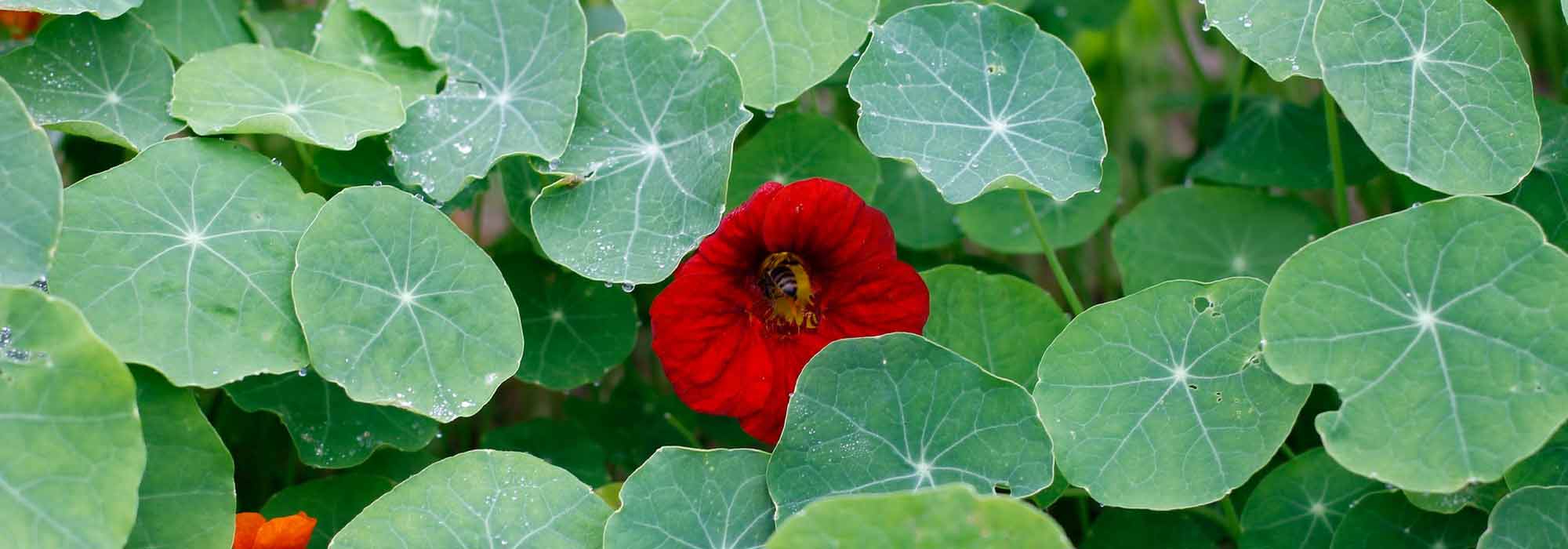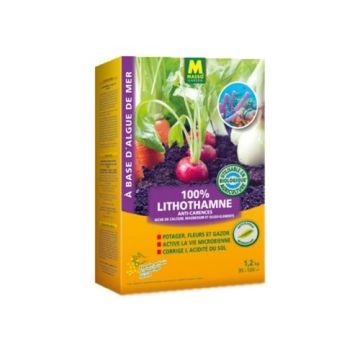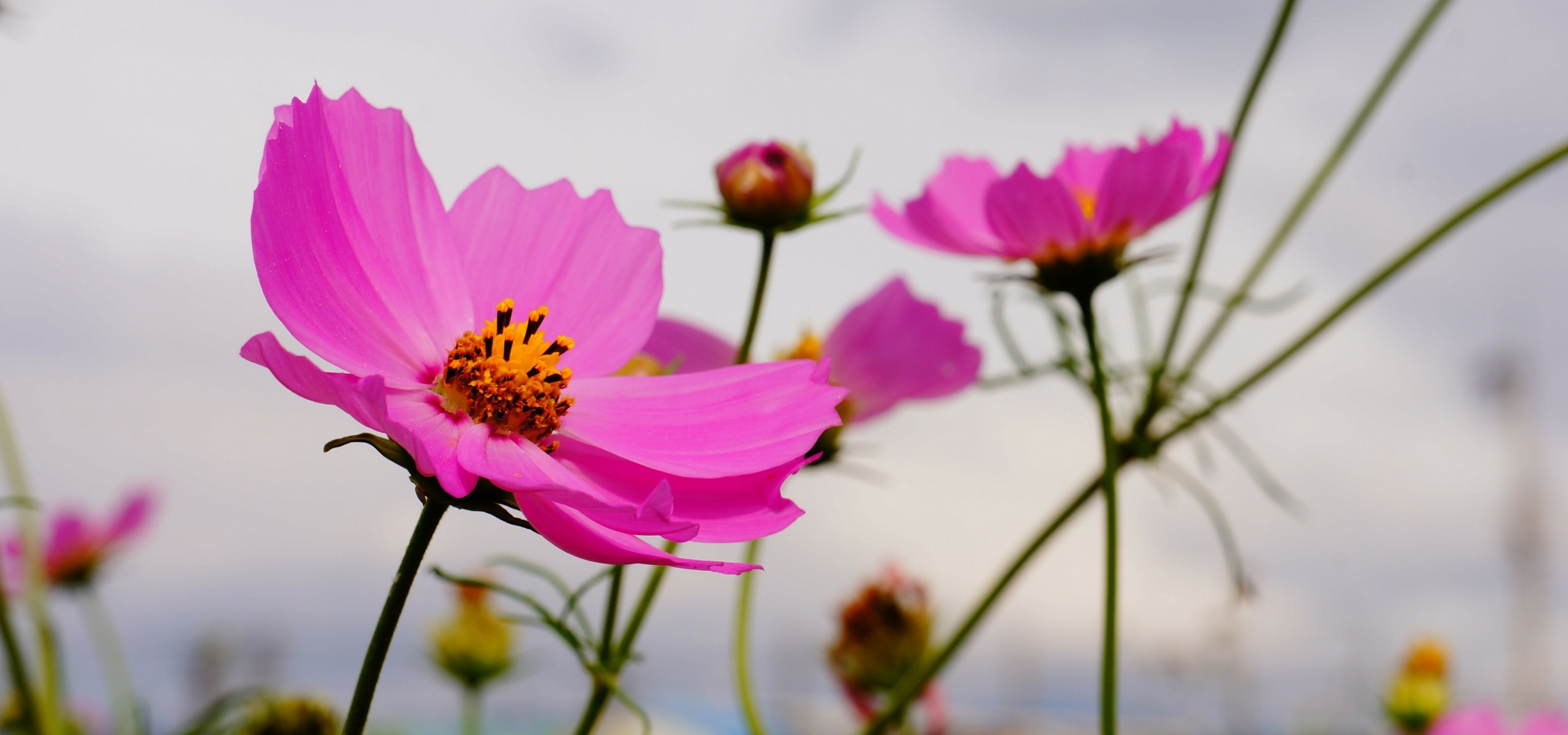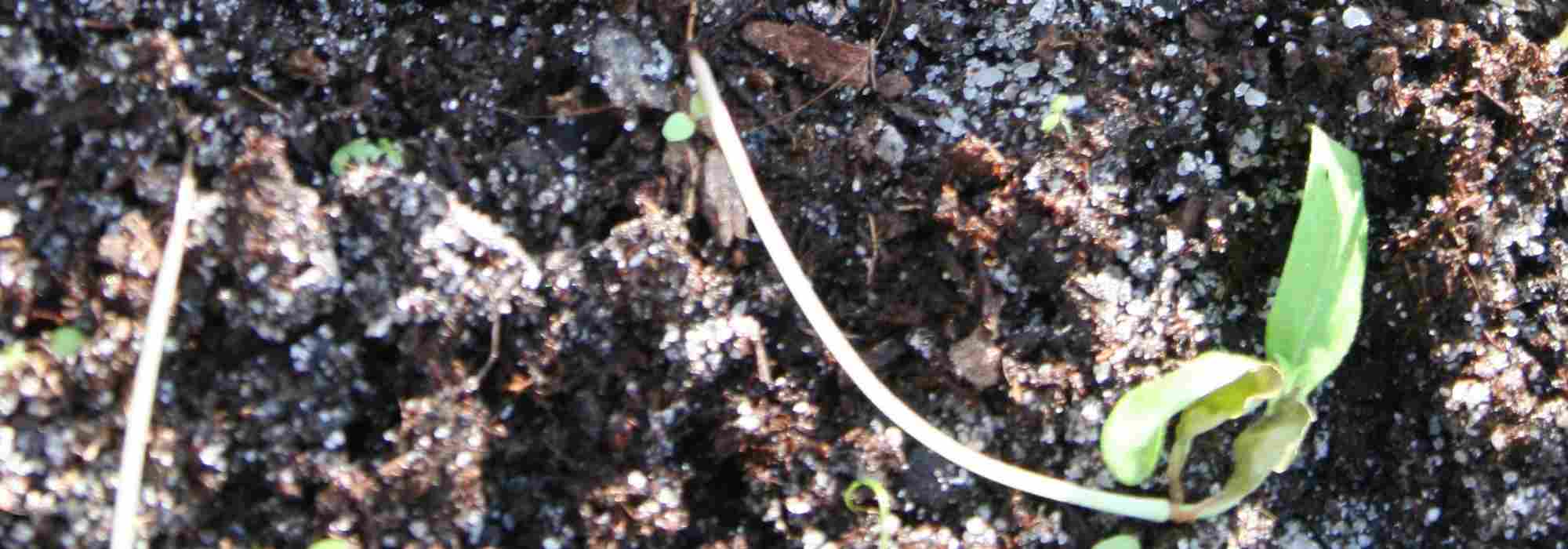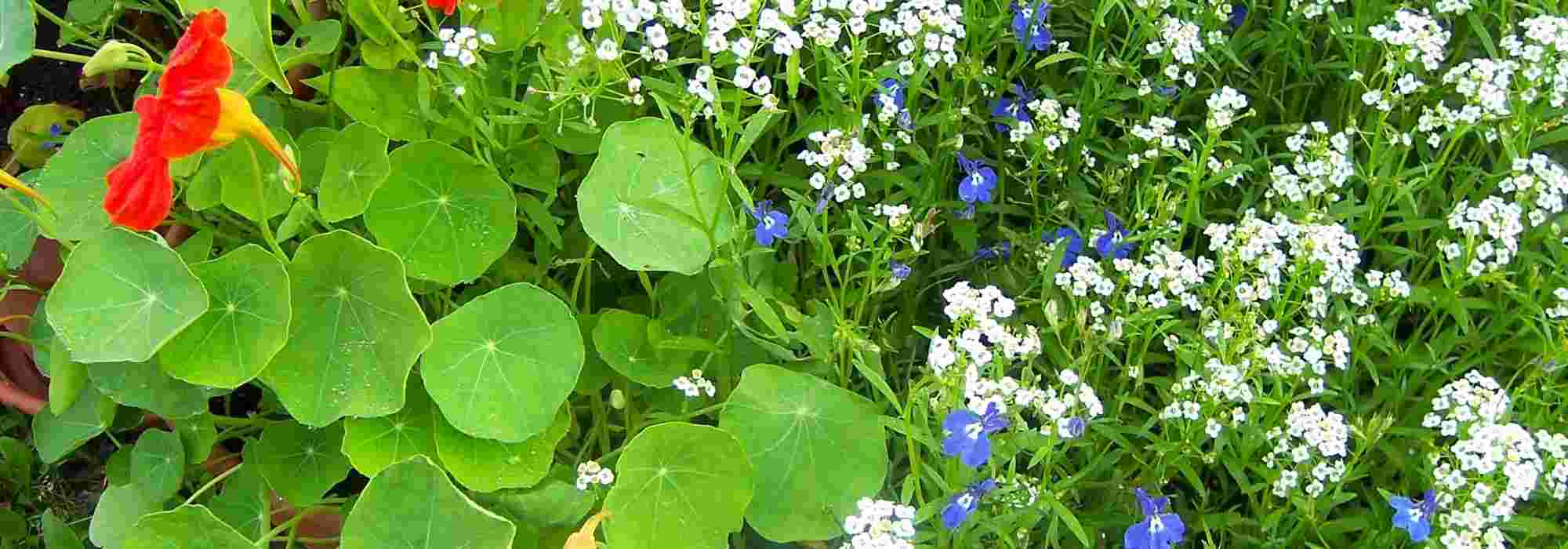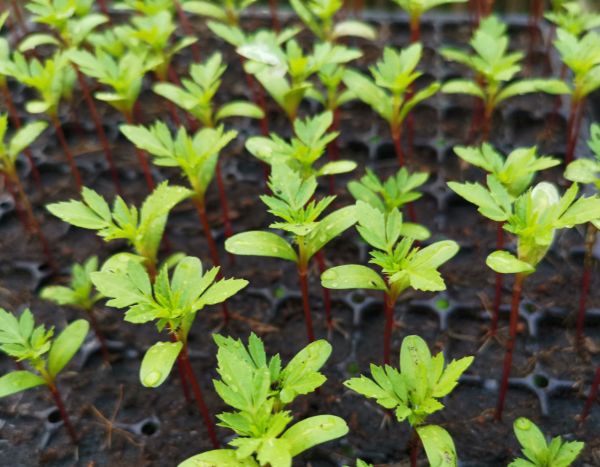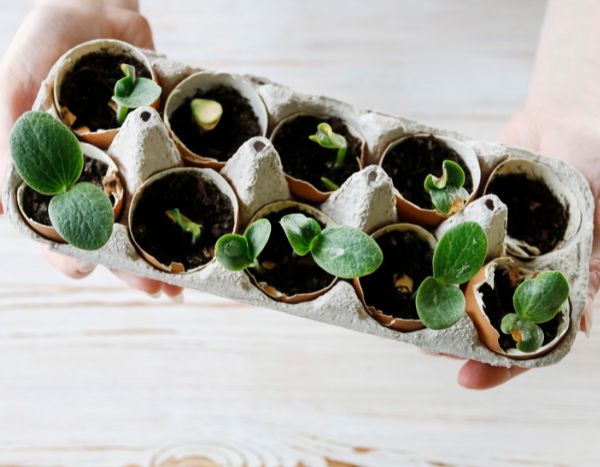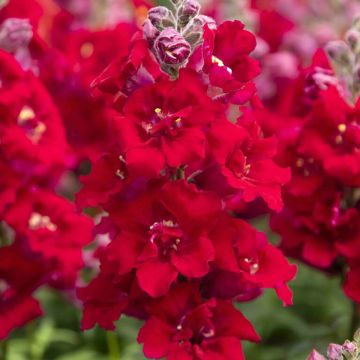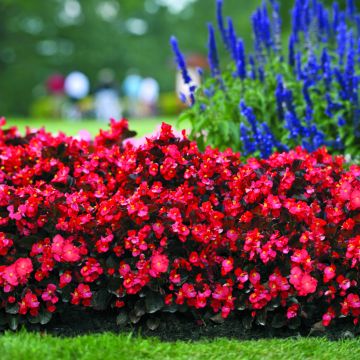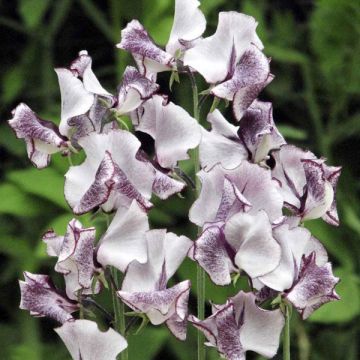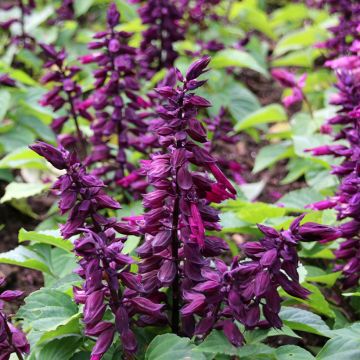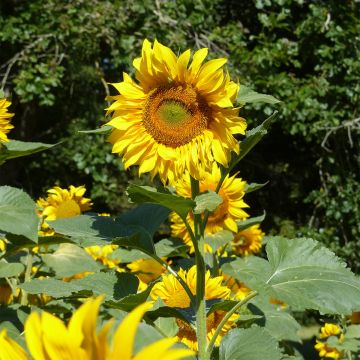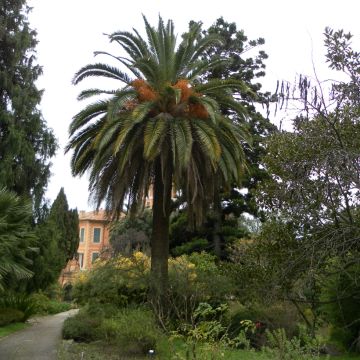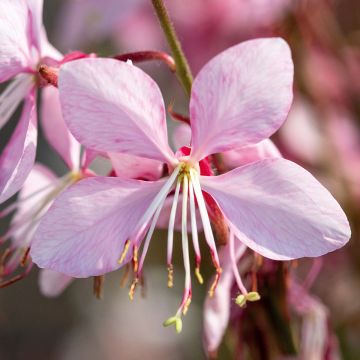

Tropaeolum major Whirlybird Apricot seeds - Nasturtium
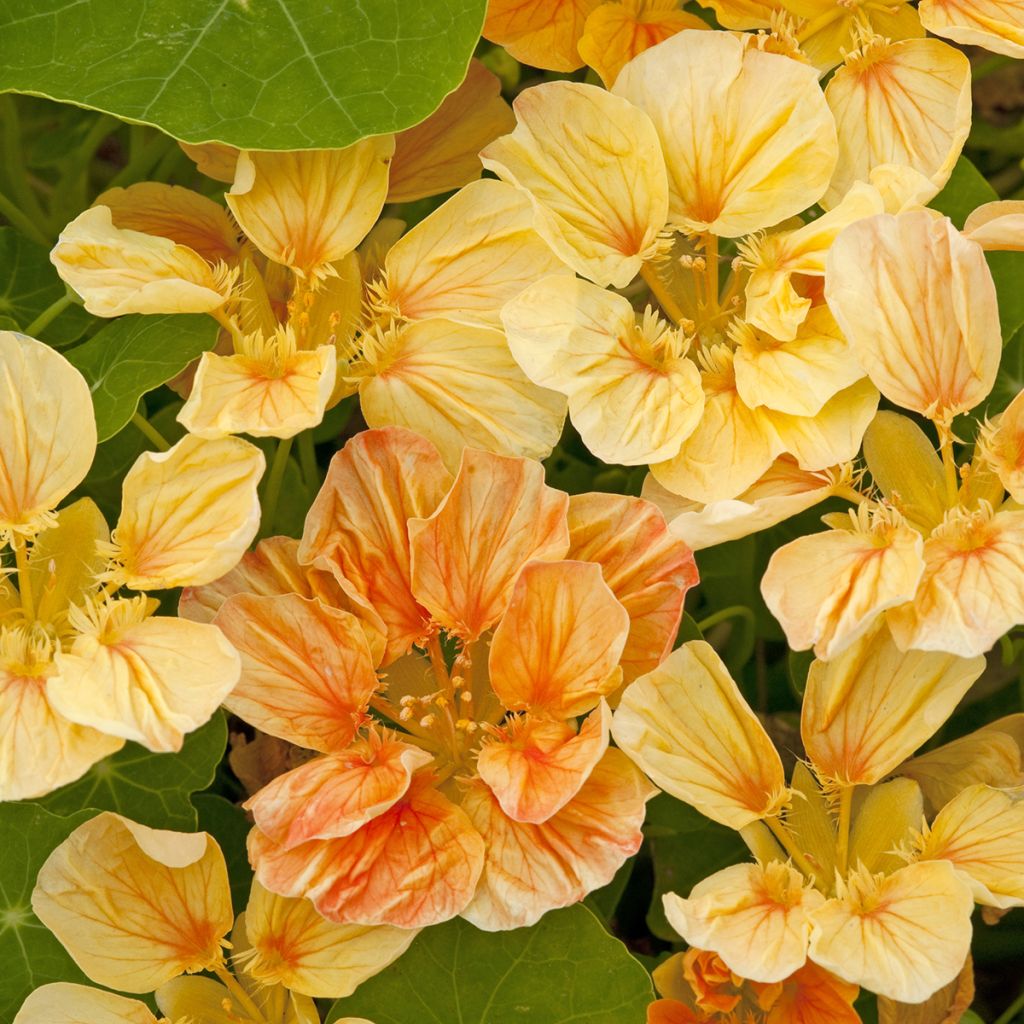

Tropaeolum major Whirlybird Apricot seeds - Nasturtium
Tropaeolum major Whirlybird Apricot seeds - Nasturtium
Tropaeolum minus Whirlybird Apricot
Garden Nasturtium
Special offer!
Receive a €20 voucher for any order over €90 (excluding delivery costs, credit notes, and plastic-free options)!
1- Add your favorite plants to your cart.
2- Once you have reached €90, confirm your order (you can even choose the delivery date!).
3- As soon as your order is shipped, you will receive an email containing your voucher code, valid for 3 months (90 days).
Your voucher is unique and can only be used once, for any order with a minimum value of €20, excluding delivery costs.
Can be combined with other current offers, non-divisible and non-refundable.
Home or relay delivery (depending on size and destination)
Schedule delivery date,
and select date in basket
This plant carries a 6 months recovery warranty
More information
We guarantee the quality of our plants for a full growing cycle, and will replace at our expense any plant that fails to recover under normal climatic and planting conditions.
Would this plant suit my garden?
Set up your Plantfit profile →
Description
Dwarf Nasturtium 'Whirlybird Apricot' is a selection of Tropaeolum majus with apricot flowers and a compact habit, forming a superb ground cover when planted in open ground. Also perfectly suited to cultivation in pots or hanging baskets, its pretty flowers bloom throughout the summer and into early autumn. Rising above the slightly greyish green foliage, they are highly ornamental and beautifully showcased against this darker vegetation. Sow early in the year under warm protection or directly in open ground after the last spring frosts.
Nasturtiums (Tropaeolum is their scientific name) belong to the Tropaeolaceae family, of which they are the main genus, comprising around 87 species. They originate from Mexico or South America, and are often climbing, perennial, tuberous plants, although some species are annual. Tropaeolum majus, the Common Nasturtium, is a vigorous creeping or climbing plant, very popular in our gardens. Unknown in the wild, it is thought to be a hybrid between T. minus and T. ferreyrae that appeared long ago in Peru around the capital Lima, and was introduced to Europe before 1656. The plant has since naturalised in moist, frost-protected coastal areas.
The species has given rise to many horticultural varieties, including some dwarf ones like 'Whirlybird Apricot', one of the cultivars found in the 'Whirlybird Mix' blend. Sown in spring, the plant forms a compact clump, about thirty centimetres high with a 40-45 cm spread. Its leaves have the round (peltate) shape characteristic of the genus and are a slightly greyish green. The flowers appear approximately 60 to 70 days after sowing and bloom from June to September. The semi-double flowers measure about 5 cm in diameter, and they are a beautiful orange leaning towards apricot, rising above the mass of foliage. After being pollinated by bumblebees, the flowers produce fruits containing seeds slightly smaller than peas, which are easy to sow.
Sow Dwarf Nasturtium 'Whirlybird Apricot' in your borders or rockeries, or create flowering pots or beautiful hanging baskets. In open ground, you can create superb scenes throughout the growing season by combining it with other annuals that share the same needs, such as Cosmos. With their frilly foliage and flowers in a multitude of colours, you can create beautiful combinations by placing them in the background. There are also beautiful varieties of Zinnias you can combine, and to create layers of vegetation, interplant between them and your Nasturtium with Calendula 'Powerdaisy Sunny', a pretty Marigold with yellow flowers.
Nasturtium also has a role to play in the vegetable garden and orchard, as it is a very attractive plant for aphids, who will thus be less tempted to attack your crops. Finally, if you grow it organically, you can use it in the kitchen as it is edible, and its leaves and flowers will add a touch of colour to your salads.
Tropaeolum major Whirlybird Apricot seeds - Nasturtium in pictures


Flowering
Foliage
Plant habit
Botanical data
Tropaeolum
minus
Whirlybird Apricot
Tropaeolaceae
Garden Nasturtium
Cultivar or hybrid
Planting and care
Sow your Dwarf Nasturtium 'Whirlybird Apricot' directly outdoors in their final position after the last frosts, in April or May. Choose a location in full sun on well-drained soil that has been thoroughly loosened beforehand. Sow the nasturtium seeds at a depth of 2 cm in rows spaced 30 cm apart, covering the seeds with a depth of soil equal to their size. Water the soil regularly, especially during dry periods. Germination usually takes 12 to 15 days.
When the young plants are large enough to handle, thin them out to keep one plant every 30 cm. You can also sow Nasturtiums indoors at a temperature of 15-25°C, from February or March onwards. When the nasturtium plants are large enough to handle, transplant them and grow them in cooler conditions until they reach a sufficient size to be planted outside. This should be done once all risk of frost has passed.
Nasturtiums appreciate moist, well-drained soil, in sun or partial shade. They are frequently prey to aphids and cabbage white butterflies. Spraying with a compound solution of traditional black soap and water (4 to 5 cc / 1 l of water) will help limit damage in a massive aphid attack.
Sowing period
Intended location
Planting & care advice
This item has not been reviewed yet - be the first to leave a review about it.
Similar products
Haven't found what you were looking for?
Hardiness is the lowest winter temperature a plant can endure without suffering serious damage or even dying. However, hardiness is affected by location (a sheltered area, such as a patio), protection (winter cover) and soil type (hardiness is improved by well-drained soil).

Photo Sharing Terms & Conditions
In order to encourage gardeners to interact and share their experiences, Promesse de fleurs offers various media enabling content to be uploaded onto its Site - in particular via the ‘Photo sharing’ module.
The User agrees to refrain from:
- Posting any content that is illegal, prejudicial, insulting, racist, inciteful to hatred, revisionist, contrary to public decency, that infringes on privacy or on the privacy rights of third parties, in particular the publicity rights of persons and goods, intellectual property rights, or the right to privacy.
- Submitting content on behalf of a third party;
- Impersonate the identity of a third party and/or publish any personal information about a third party;
In general, the User undertakes to refrain from any unethical behaviour.
All Content (in particular text, comments, files, images, photos, videos, creative works, etc.), which may be subject to property or intellectual property rights, image or other private rights, shall remain the property of the User, subject to the limited rights granted by the terms of the licence granted by Promesse de fleurs as stated below. Users are at liberty to publish or not to publish such Content on the Site, notably via the ‘Photo Sharing’ facility, and accept that this Content shall be made public and freely accessible, notably on the Internet.
Users further acknowledge, undertake to have ,and guarantee that they hold all necessary rights and permissions to publish such material on the Site, in particular with regard to the legislation in force pertaining to any privacy, property, intellectual property, image, or contractual rights, or rights of any other nature. By publishing such Content on the Site, Users acknowledge accepting full liability as publishers of the Content within the meaning of the law, and grant Promesse de fleurs, free of charge, an inclusive, worldwide licence for the said Content for the entire duration of its publication, including all reproduction, representation, up/downloading, displaying, performing, transmission, and storage rights.
Users also grant permission for their name to be linked to the Content and accept that this link may not always be made available.
By engaging in posting material, Users consent to their Content becoming automatically accessible on the Internet, in particular on other sites and/or blogs and/or web pages of the Promesse de fleurs site, including in particular social pages and the Promesse de fleurs catalogue.
Users may secure the removal of entrusted content free of charge by issuing a simple request via our contact form.
The flowering period indicated on our website applies to countries and regions located in USDA zone 8 (France, the United Kingdom, Ireland, the Netherlands, etc.)
It will vary according to where you live:
- In zones 9 to 10 (Italy, Spain, Greece, etc.), flowering will occur about 2 to 4 weeks earlier.
- In zones 6 to 7 (Germany, Poland, Slovenia, and lower mountainous regions), flowering will be delayed by 2 to 3 weeks.
- In zone 5 (Central Europe, Scandinavia), blooming will be delayed by 3 to 5 weeks.
In temperate climates, pruning of spring-flowering shrubs (forsythia, spireas, etc.) should be done just after flowering.
Pruning of summer-flowering shrubs (Indian Lilac, Perovskia, etc.) can be done in winter or spring.
In cold regions as well as with frost-sensitive plants, avoid pruning too early when severe frosts may still occur.
The planting period indicated on our website applies to countries and regions located in USDA zone 8 (France, United Kingdom, Ireland, Netherlands).
It will vary according to where you live:
- In Mediterranean zones (Marseille, Madrid, Milan, etc.), autumn and winter are the best planting periods.
- In continental zones (Strasbourg, Munich, Vienna, etc.), delay planting by 2 to 3 weeks in spring and bring it forward by 2 to 4 weeks in autumn.
- In mountainous regions (the Alps, Pyrenees, Carpathians, etc.), it is best to plant in late spring (May-June) or late summer (August-September).
The harvesting period indicated on our website applies to countries and regions in USDA zone 8 (France, England, Ireland, the Netherlands).
In colder areas (Scandinavia, Poland, Austria...) fruit and vegetable harvests are likely to be delayed by 3-4 weeks.
In warmer areas (Italy, Spain, Greece, etc.), harvesting will probably take place earlier, depending on weather conditions.
The sowing periods indicated on our website apply to countries and regions within USDA Zone 8 (France, UK, Ireland, Netherlands).
In colder areas (Scandinavia, Poland, Austria...), delay any outdoor sowing by 3-4 weeks, or sow under glass.
In warmer climes (Italy, Spain, Greece, etc.), bring outdoor sowing forward by a few weeks.






























